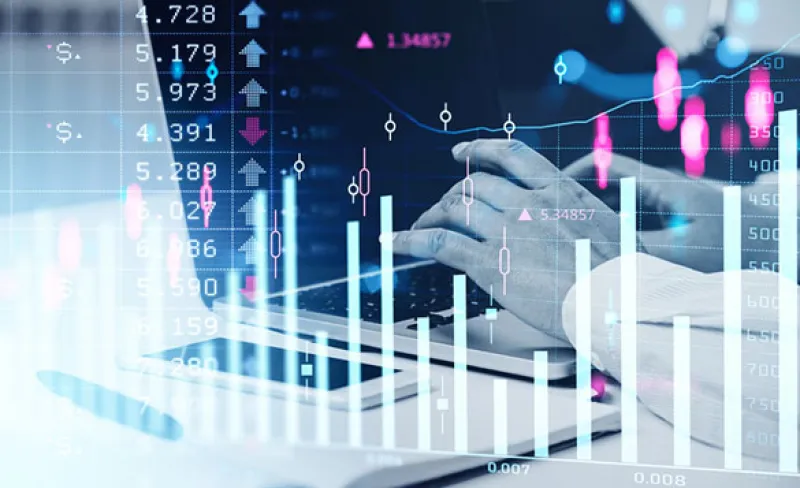Active managers, who have long argued that they do their best work during volatile and declining markets, seem to be making good on that promise this year — at least in domestic equity markets.
According to an analysis done by Morningstar for Institutional Investor, 62.9 percent of U.S. equity funds succeeded in beating their benchmarks through the end of May. The average excess return for the category was 1.36 percent.
“It’s not atypical to see success rates between 20 and 40 percent for certain categories of U.S. equity funds over three-, five-, and ten-year periods. So this is high,” said Jeff Ptak, chief ratings officer for Morningstar. “It’s a short period of time, but it’s high and it represents a rebound of sorts of active U.S. equity funds, which had really slumped in recent years.”
While Ptak hasn’t looked at active management’s performance during times of volatility, he has examined the success rates of active U.S equity funds during declining markets versus rising ones. He said that success rates are a bit higher when markets are declining, mainly for stylistic reasons. “I’m not too surprised to see success rates perk up for U.S. equity funds amid a declining market, because that’s what you tend to see,” he added. “But I would say active managers are prone to exaggerating about their prowess during down markets. It’s usually not as good as they say, not as persistent as they say, and not as important to their long-term success as they would lead you to believe.”
Some of the best performing U.S. categories included large blend, small value, mid-cap blend, and mid-cap value.
Meanwhile, only 39.1 percent of international equity funds succeeded in beating their benchmark. On average the underperformance was 1.5 percent, according to Morningstar. Some of the worst categories were funds focused on the China region, which underperformed by 3.16 percent on average; diversified Pacific/Asia, which underperformed by 8.5 percent on average; and foreign small/mid-growth, which underperformed by 5.41 percent.
Ptak said the underperformance is more nuanced in international markets: Hedged funds did better than unhedged; large cap did better than small; and value outperformed growth. This is true whether it’s ex-US developed, global, or emerging markets.
But Ptak pointed out that foreign stock funds tend to act differently than their style-appropriate benchmarks. “This is often a function of how sprawling these markets are, as well as leeway managers have,” he added in a follow-up email. Morningstar also doesn’t control for style in some foreign stock categories. As a result, success will go up or down depending on which style is in favor — for example, value or growth.
“This year, it’s value, but because there are fewer value-leaning EM funds and more core-growth-leaning EM funds, you end up with most of the category underperforming,” Ptak said.







